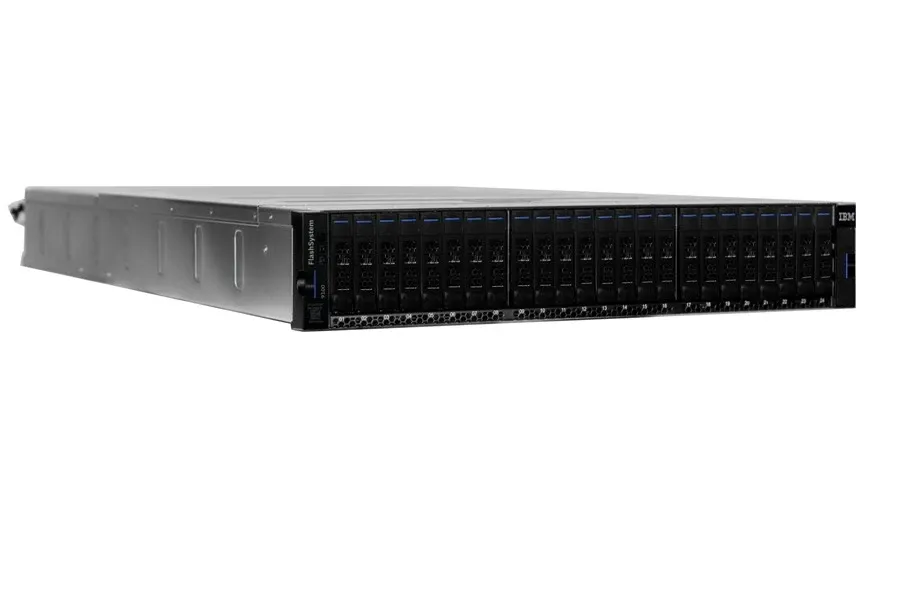Qualcomm Announces Snapdragon 8 Gen 5 Platform
Qualcomm added its latest smartphone platform to its premium-tier Snapdragon range.

IBM recently announced FlashSystem 9100 all-flash arrays. They are, as the company claims, flexible, modern, agile, and NVMe-optimized storage systems. They are coupled with several members of Spectrum family of modern data protection, software-defined storage and multi-cloud enabled storage software.
“The new 9100 storage systems are what the marketplace has been waiting for,“ states Ed Walsh, General Manager, IBM Storage and Software-Defined Infrastructure. “They have NVMe-inside, dedupe and hardware-accelerated compression, 3D-TLC density, all of the advantages that IBM FlashCore technology brings, plus a long list of software-defined and modern data protection Spectrum Storage solutions for today’s data driven multi-cloud enterprise. What an enterprise data storage system should be has just been redefined.“
New FlashSystem 9100 offers the combined advantages of FlashCore technology, deeply integrated with the multi-cloud-centric software-defined capabilities of IBM Spectrum Storage solutions. The NVMe-optimized all-flash arrays provide up to 2 petabytes of effective storage in only 2RU and up to a whopping 32PB of all flash in a single industry standard 42RU rack. A key innovation involves the introduction of FlashCore modules with NVMe interfaces that can be deployed with any combination of industry-standard NVMe flash drives to provide tailored, flexible, unmatched mid-range all-flash performance storage.
IBM Spectrum Virtualize provides the enterprise-class data services foundation for FlashSystem 9100 solutions. Its capabilities enable NVMe-optimized arrays to function as IT infrastructure and multi-cloud modernization and transformation engines, thanks to the wide range of data services that can be extended to over 440 IBM and non-IBM heterogeneous storage systems, helping to reduce both capital and operational expenses while increasing ROI in legacy infrastructure.